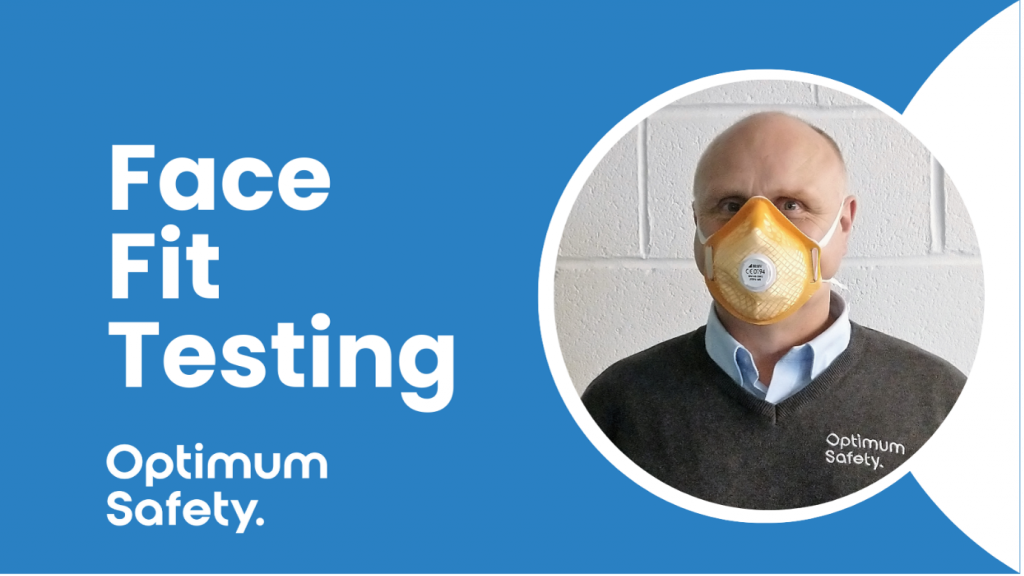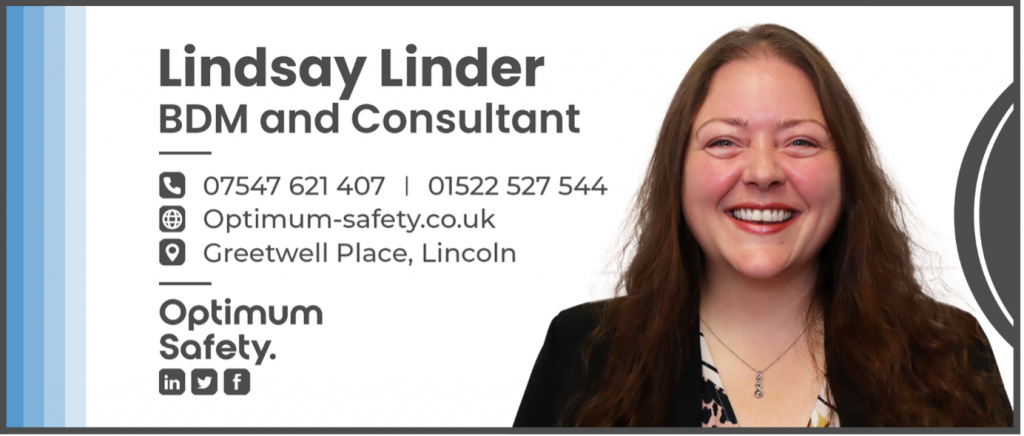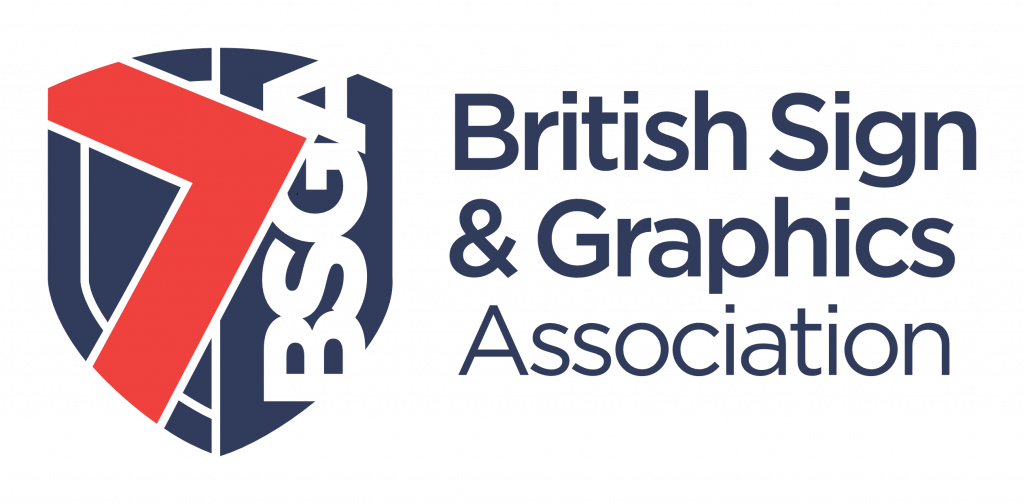
Where respiratory protective equipment (RPE) is used, it must be able to provide adequate protection for individual wearers. RPE can’t protect the wearer if it leaks. A major cause of leaks is poor fit.
As people come in all sorts of shapes and sizes it is unlikely that one particular type or size of RPE facepiece will fit everyone. Fit testing will ensure that the equipment selected is suitable for the wearer.
What are the legal requirements?
The supporting guidance for the Control of Substances Hazardous to Health Regulations, the Control of Lead at Work Regulations and the Control of Asbestos Regulations recommends face fit testing as a method of ensuring an adequate face seal. The Health and Safety Executive (HSE) may prosecute for not testing unless it can be proven that procedures meet or exceed the face fit testing protocol laid down in HSE guidance, OC 282/28.
Morally we have a duty to ensure that workers go home safe and are not exposed to airborne hazards during their work.
Moreover legally, face fit testing is a requirement of the Control of Substances Hazardous to Health Regulations, the Control of Lead at Work Regulations and the Control of Asbestos Regulations. These regulations state that PPE must be “suitable” for its purpose – in this case it should protect the wearer from the airborne hazard.
The competent person can be an employee of the business or an external consultant, as long as the person(s) have the correct health and safety qualifications and understand health and safety law.
Who should be tested?
All wearers of tight-fitting face pieces e.g., respirators or compressed air breathing apparatus require a fit test. It is important that the equipment you use to protect you is not compromised by poor fit.
The test ensures that the protective mask you wear is suitable for your face profile in order to maximise protection against harmful airborne substances.
How are the tests done and what do we need to consider?
RPE fit testing should be conducted by a competent person, Optimum Safety can act as this competent person for disposable and half face masks, offering a Qualitative Face Fit testing service. It is important to ensure the person who carries out the fit test is appropriately trained, qualified and experienced, and is provided with appropriate information to undertake each particular task.
A typical Qualitative Face Fit test is a simple 20 minute test that can be carried out at your premises or ours by Optimum Safety’s competent testers. Following HSE guidance we can only test individuals that are clean shaven.
The individual wears a hood over the head and shoulders and the tester sprays a solution into the hood.
The wearer carries out a series of exercises, such as turning the head from side to side.
If the individual can taste the solution (usually a bitter taste), there is a break in the mask’s seal.
We can also provide contact details for competent Quantitative Face Fit testers. These tests are required for tight fitting respirators e.g., full face masks. The mask is attached to a particle counting machine (Portacount). The machine detects whether airborne particles are passing into the mask via a break in the seal.
Ideally face fit testing should be carried out at mask selection stage, so employers can ensure the correct mask models and sizes can be purchased. Repeat face fit testing should also be carried out on a regular basis (typically every one, two or three years depending on risk) or if the wearer loses or gains weight, has significant dental work, or gains scars, moles or other facial features where the mask seal meets the face.
Once tested the wearer must continue to use the make and model of face mask that was assessed. If a different type of mask is to be used the face fit testing must be completed again.
A note on facial hair
Many masks rely on a good seal against the face so that, when you breathe air in, it is drawn into the filter material where the air is cleaned. If there are any gaps around the edges of the mask, ‘dirty’ air will pass through these gaps and into your lungs. It is therefore very important that you put your mask on correctly and check for a good fit every time.
Facial hair such as stubble and beards make it impossible to get a good seal of the mask to the face.
If you are clean-shaven when wearing tight-fitting masks (i.e., those which rely on a good seal to the face), this will help prevent leakage of contaminated air around the edges of the mask and into your lungs. You will therefore be breathing in clean air, which will help you stay healthy.
If there are good reasons for having a beard (e.g., for religious reasons), alternative forms of RPE, that do not rely on a tight fit to the face, are available.
For more detailed information on fit testing RPE or to book a Qualitative Face Fit test, contact the Optimum Safety Team.



 European Sign Federation
European Sign Federation